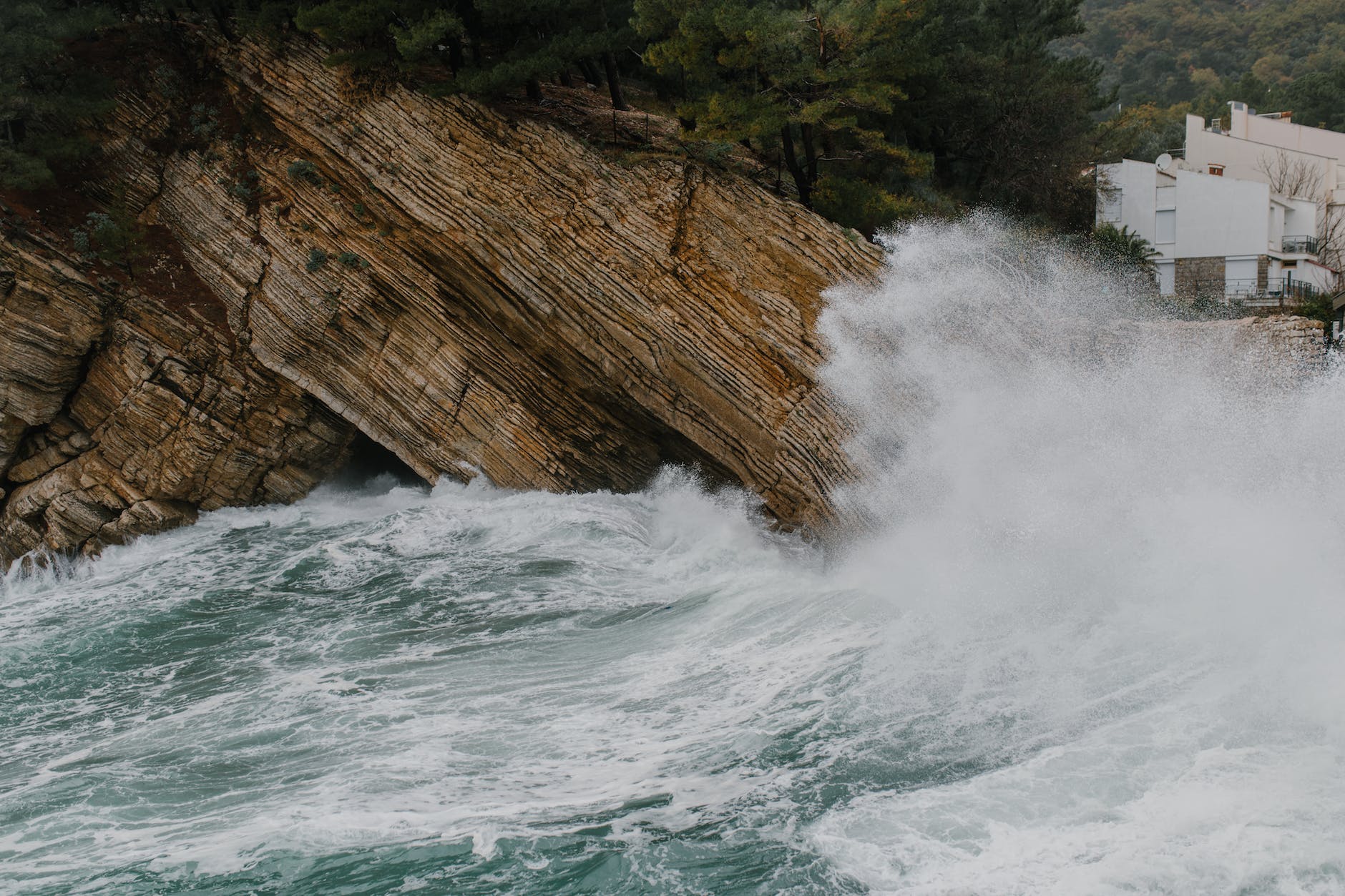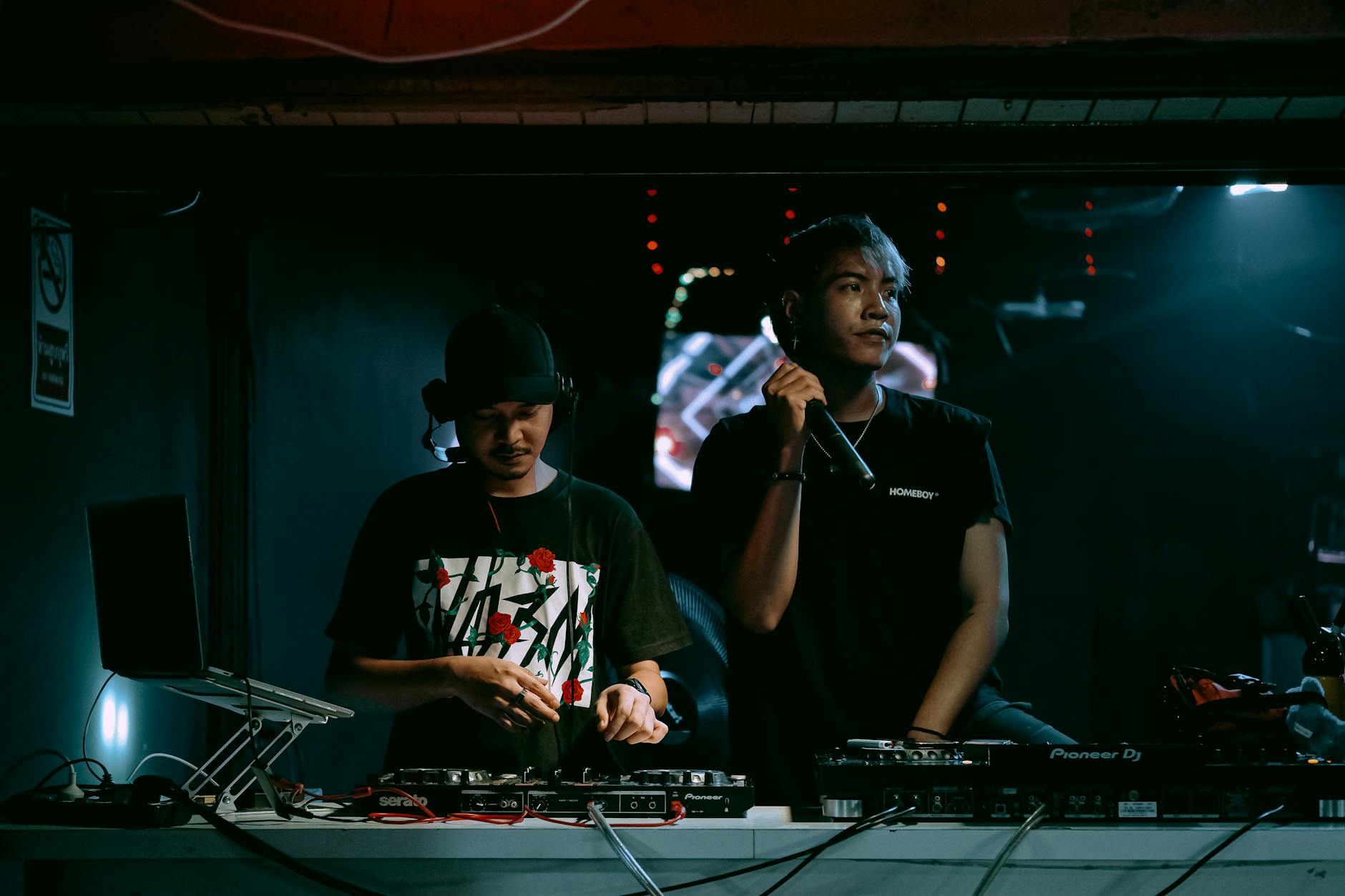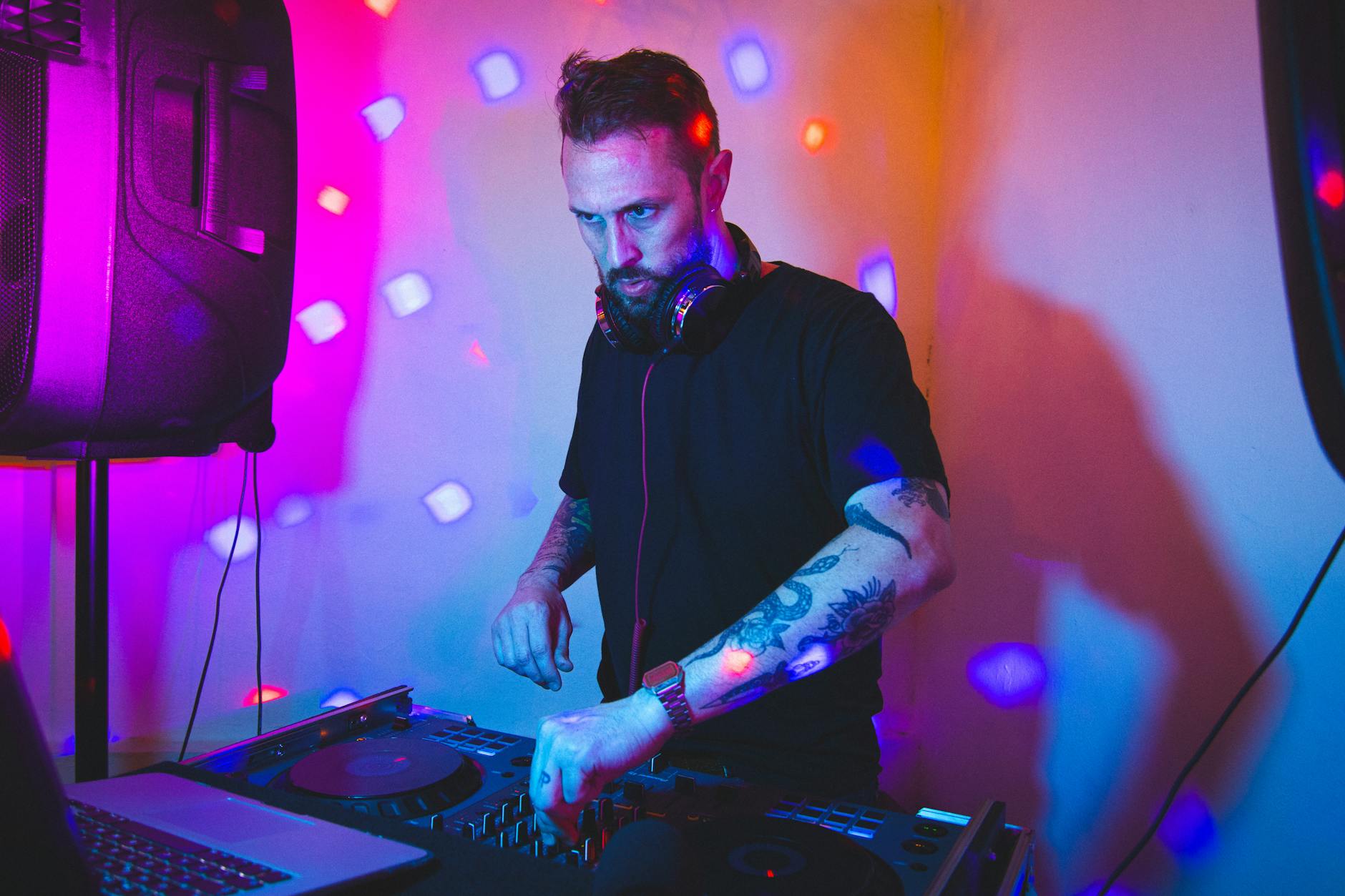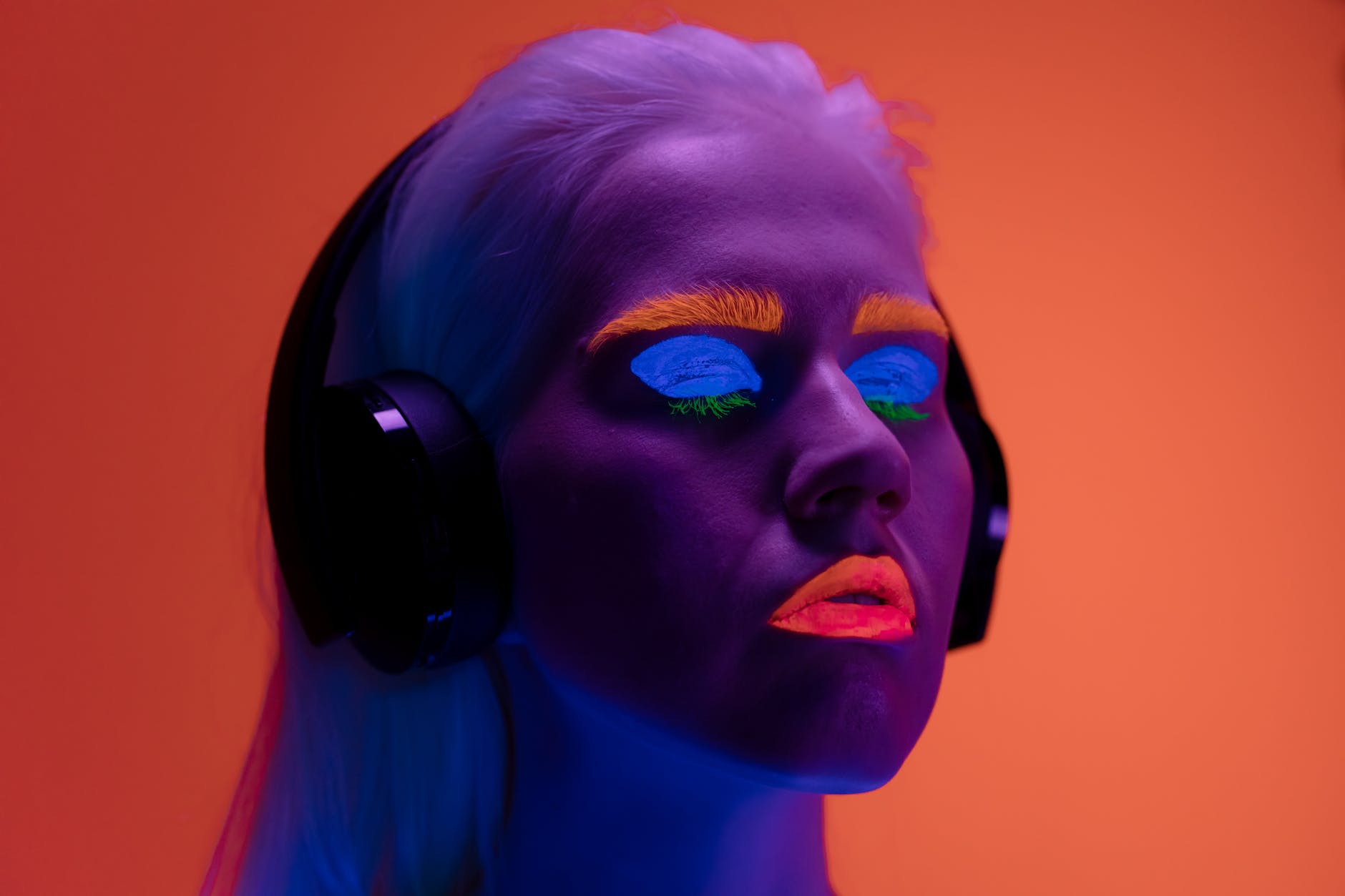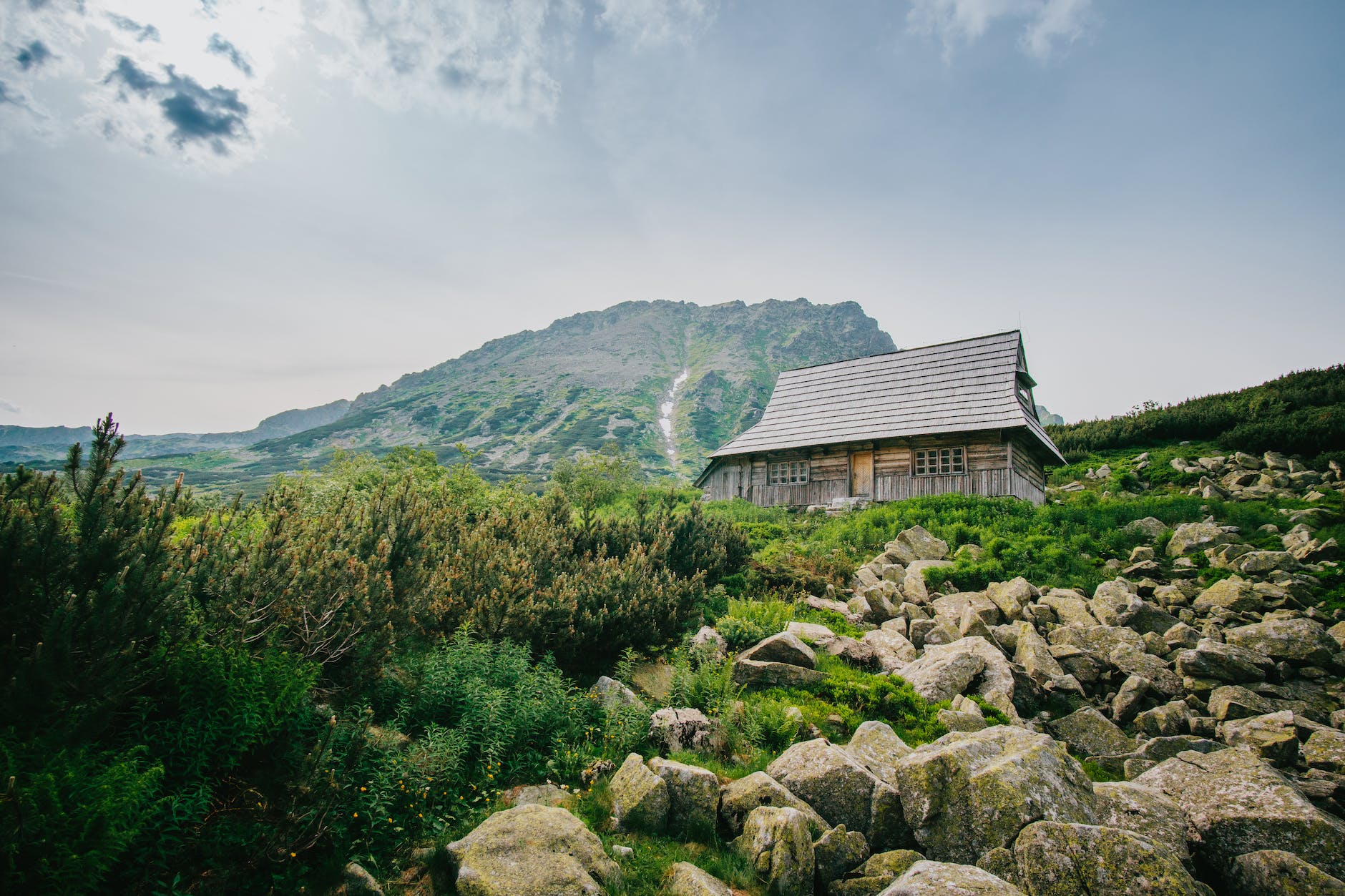Psychedelic music, a genre that dominated the subculture during the 1960s, is often associated with countercultural movements, mind-expanding experiences, and trippy visuals. It was more than just sound; it was an immersive experience that drew heavily from the psychedelia of the decade.
The era’s zeitgeist was one of subversion, revolt, and transformation, with the music reflecting the desire for change prevalent within the 1960s counterculture movement. Its roots lay in the beatnik poetry of the 1950s, but as the 1960s progressed, so did the music genre, drawing to it a fan base fascinated by mind-expanding experiences and willing to explore alternative consciousness realities.
The genre took off during the Summer of Love in 1967, largely marked by the revolutionary Woodstock music festival. Woodstock epitomized the spirit of the times, a free-form festival, burgeoning with people from all walks of life united by their love for music and a shared sense of liberation.
Psychedelic music was the bridge between this “love plane” and the harsh political realities of the time. Rock and roll veterans like Jimi Hendrix and newcomers alike experimented with new sounds and techniques to create a style of music that was as expansive as the experiences it aimed to portray. Hendrix’s much-acclaimed performance of “The Star-Spangled Banner” at Woodstock, for example, was an iconic psychedelic moment, a sonic and emotional exploration of the complexities of the American identity.
Pink Floyd, another cornerstone of psychedelic music, took the genre to new heights with their experimental tracks that often included narrative storytelling, freakish sound effects, and innovative progressive rock rhythms. The Grateful Dead, renowned for their devoted following of ‘Deadheads’, were another force within this music genre, their sprawling stage performances and unorthodox sound exemplified by ‘long strange trips’.
Psychedelic music was more than the tunes; it was an experience that included trippy visuals. Bands enhanced their stage performances with light shows, slide projections, and films, creating a wholly immersive environment. Psychedelia meant altering the known and diving into the unknown, and bands strived to recreate this through their performances.
Resurfacing again in the 1980s and 90s, this genre influenced a new wave of Psychedelic pop and Neo-psychedelia bands like The Flaming Lips and Tame Impala. Nowadays, psychedelic music and its influence can be seen across modern music festivals, a true testament to the genre’s resilience and adaptability throughout the decades.
Despite its ebbing presence in today’s mainstream music landscape, psychedelic music remains a significant part of our cultural psyche. Its influence extends far beyond guitar solos and light shows, trickling into other genres and mediums, shaping the way we view and engage with music and culture today.
Psychedelic music was a turning point in music history, a soundscape that pushed boundaries, encouraging its listeners to explore the depths of their consciousness and reality. It was a reflection of an era that valued freedom and creativity while it dared to question the status quo. Even as we journey deeper into the 21st century, the echoes of psychedelic music remain, serving as a powerful reminder of a time when music was the catalyst for change and the soundtrack to a cultural revolution.




